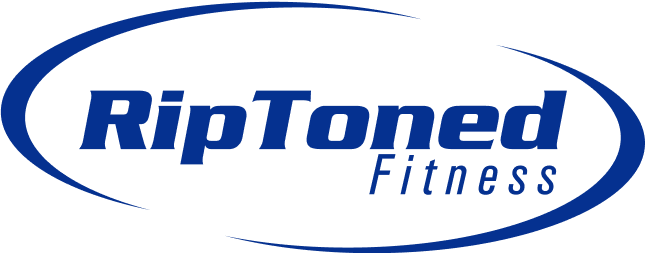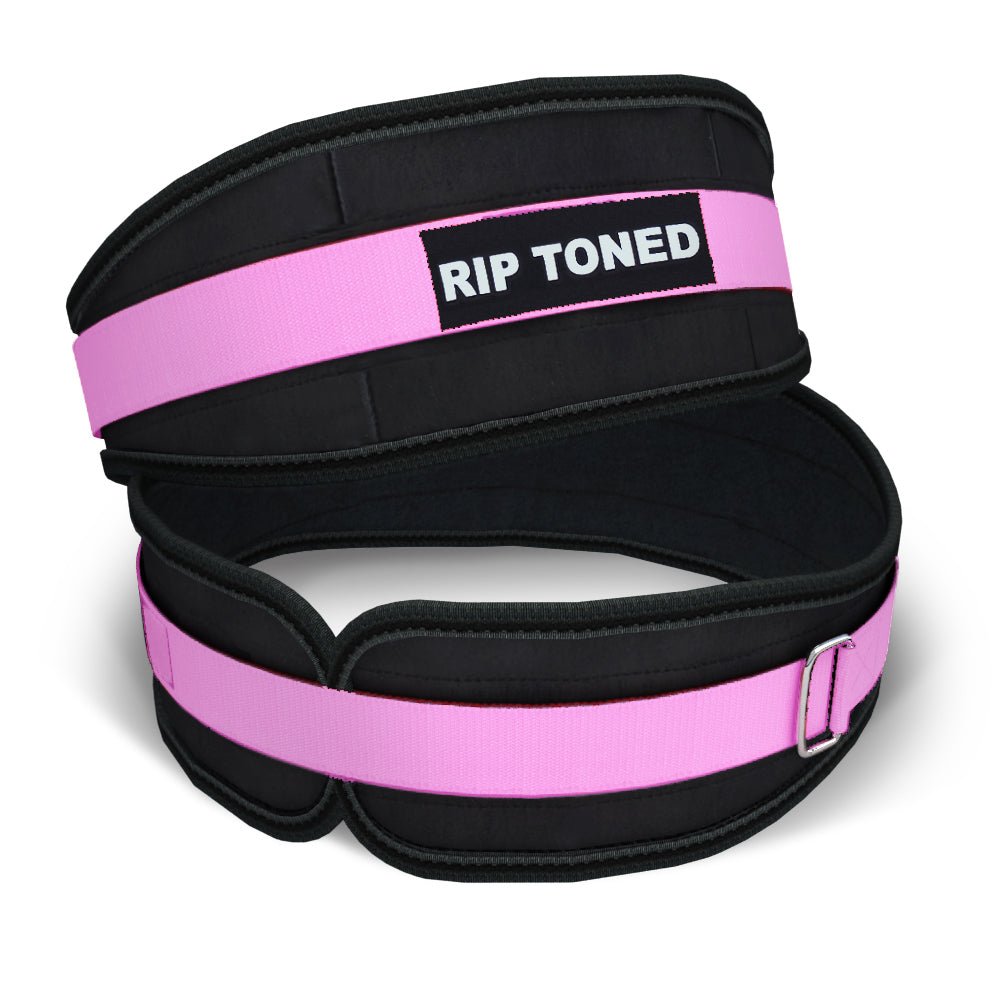Weightlifting is a popular form of strength training that involves the use of weights to increase muscle mass, build strength and improve overall physical fitness. In recent years, weightlifters have been seen wearing belts during their workouts and competitions.
This practice has sparked several debates and raised questions about its effectiveness and necessity.
Some argue that weightlifting belts are an essential piece of equipment that helps prevent injury and improve performance, while others believe they are simply a fashion statement with no real benefits. In this article, we will explore the reasons behind why weightlifters wear belts and whether or not they provide any benefits.
What is a Weightlifting Belt?
A weightlifting belt is a wide, thick, and sturdy belt worn around the waist while performing weightlifting exercises. It is usually made of leather or nylon with a buckle to tighten it securely around the waist. The width of the belt varies from 4-6 inches, and its thickness can range from 10-13 mm.
The main purpose of a weightlifting belt is to provide support and stability to the lower back and core muscles during heavy lifting. It does this by compressing the abdominal cavity, increasing intra-abdominal pressure, and reducing stress on the spine.
Additionally, weightlifting belts also help maintain proper form and technique while lifting. They act as a reminder to engage the core muscles and prevent them from collapsing under heavy loads.
Reasons Behind Wearing a Weightlifting Belt
There are several reasons why weightlifters choose to wear a weightlifting belt. Here are the most common reasons:
Injury Prevention
Weightlifting can put a significant amount of stress on the spine and core muscles. This is especially true for heavy compound lifts like squats, deadlifts, and overhead presses. By wearing a weightlifting belt, weightlifters can reduce the risk of injury by providing support to their lower back and core muscles.
The increased stability provided by the belt also helps prevent excessive spinal flexion, which can lead to disc herniation and other back injuries. However, it should be noted that a weightlifting belt should not be used as a substitute for proper form and technique.
Increased Intra-Abdominal Pressure
As mentioned earlier, weight-lifting belts help increase intra-abdominal pressure (IAP) by compressing the abdominal cavity. This pressure acts as a natural weightlifting belt, providing stability and support to the spine and core muscles.
Increased IAP not only helps prevent injury but also improves overall performance by allowing weightlifters to lift heavier weights without compromising their form.
Also, the increased pressure on the spine helps create a more rigid torso, which allows for better force transfer and power generation during lifts.
Improved Performance
Wearing a weightlifting belt can also lead to improved performance. As mentioned earlier, the increased stability and support provided by the belt allow for heavier weights to be lifted while maintaining proper form. This can lead to increased muscle activation and recruitment, which ultimately leads to strength gains.
Moreover, the psychological effect of wearing a weightlifting belt cannot be ignored. It gives weightlifters confidence and security, allowing them to focus on their lifts without worrying about potential injuries. Additionally, the added support can also help push through mental barriers and achieve personal bests in lifts.
Psychological Support
Lastly, weightlifting belts also provide psychological support to weightlifters. The physical reminder of wearing a belt can give them the mental edge to push through tough workouts and competitions.
Additionally, weightlifting can be an intimidating sport for beginners, and wearing a belt can make them feel more confident and part of the weightlifting community.
Additionally, wearing a weightlifting belt has been around for decades and is considered a tradition in the sport. Many weightlifters view it as a symbol of dedication and hard work, which can also contribute to their psychological well-being.
So these are the reasons why weightlifters wear belts. Whether for injury prevention, increased performance, or psychological support, weightlifting belts have become an essential piece of equipment for many weightlifters. However, as with any other workout equipment, it is important to use them properly and not rely on them as a substitute for proper form and technique.
Pros and Cons of Wearing a Weightlifting Belt
As with any debate, there are both pros and cons to wearing a weightlifting belt. Here are some key points to consider:
Pros
- It can help prevent injury by providing support and stability to the spine and core muscles.
- Increases intra-abdominal pressure, which can lead to improved performance.
- Provides psychological support and confidence to weightlifters.
- It can help maintain proper form and technique during lifts.
- A tradition in the sport of weightlifting.
Cons
- It can become a crutch and cause weightlifters to rely on them too heavily.
- It is not necessary for all exercises, especially isolation exercises that do not put as much strain on the spine.
- It can be uncomfortable or restrictive for some individuals.
- It may not fit properly for all body types and sizes.
Ultimately, the decision to wear a weightlifting belt should be based on individual preferences and needs. Some weightlifters may benefit greatly from wearing a belt, while others may not see much of a difference. It is important to listen to your body and use equipment in moderation for the best results in weightlifting.
Is everyone suited to wear a weightlifting belt?
While weightlifting belts can provide numerous benefits, they may not be suitable for everyone. This is because wearing a weightlifting belt requires proper technique and understanding of how it affects the body.
Individuals with pre-existing injuries or conditions affecting their spine should consult a medical professional before using a weightlifting belt. For some, wearing a belt may not be recommended as it can aggravate their condition.
Additionally, individuals new to weightlifting or still developing proper form and technique may not benefit from wearing a belt. It is important for them to first develop strong core muscles before relying on external support.
Furthermore, weightlifters should also consider the type of workout they will be doing. As mentioned earlier, weightlifting belts may not be necessary for isolation exercises or lighter lifts that do not put as much strain on the spine.
Also, individuals who experience discomfort or restrictions while wearing a belt should not force themselves to use one. It is important to find the right fit and make sure it does not hinder proper form and technique.
Mistakes to Avoid When Wearing a Weightlifting Belt
While weightlifting belts can provide numerous benefits, they can also lead to mistakes if not used properly. Here are some common mistakes to avoid when wearing a weightlifting belt:
- Relying solely on the belt for support rather than using proper form and technique.
- Wearing the belt too tightly can restrict breathing and hinder performance.
- Wearing the belt for exercises that do not require it or for an extended time.
- Using a belt to lift heavier weights without proper progression and training.
- Not properly adjusting or securing the belt which can lead to it slipping or causing discomfort.
- Using a belt as a substitute for core and abdominal training.
To avoid these mistakes, it is important to use a weightlifting belt in moderation and understand how it should be used. Proper form and technique should always be the main focus, with the belt providing additional support and stability. It is also important to find the right fit and make any necessary adjustments for comfort and effectiveness.
FAQs
Why do weightlifters wear a lifting belt?
Weightlifters wear a lifting belt to enhance their lifting performance by providing additional support to the lower back and increasing intra-abdominal pressure. This support helps stabilize the spine during heavy lifts, allowing for safer execution of exercises involving heavy weights. Wearing a lifting belt also encourages proper lifting techniques and can help activate the abdominal muscles more effectively.
How does a weight lifting belt help in lifting more weight?
A weight-lifting belt helps lifters lift more weight by creating a wall for the abdominal muscles to push against during heavy lifts, increasing intra-abdominal pressure and stabilizing the core. This results in a solid foundation for the body, reducing stress on the lower back and enabling the lifter to handle heavier loads with improved safety and efficiency.
What are the differences between powerlifting belts and velcro belts?
Powerlifting belts are typically made of thick leather with a uniform width, designed to provide maximum support and durability for handling very heavy weights. They often come with lever or prong closures to ensure a tight fit. Velcro belts, on the other hand, are more flexible and easier to adjust but offer less support compared to the thicker belts used in powerlifting. Velcro belts may be suitable for general fitness enthusiasts, while powerlifting belts are preferred by those focused on lifting heavy weights in competitions or training.
Can wearing a weight belt cause high blood pressure?
Wearing a weight belt can temporarily increase blood pressure during lifts due to the rise in intra-abdominal pressure it creates. For most healthy individuals, this is not a concern, but those with pre-existing high blood pressure should exercise caution and consult with a healthcare professional before using a weight belt in their training regimen. Proper use, including not over-tightening the belt and using it only during maximal or submaximal lifts, can help manage this risk.
Conclusion
In conclusion, weightlifting belts can provide numerous benefits, such as injury prevention, increased performance, and psychological support. They have become an essential equipment for many weightlifters and are considered a tradition in the sport.
However, it is important to use them properly and not rely on them as a substitute for proper form and technique. Additionally, weightlifters should consider their needs and preferences when deciding whether to wear a belt. It is not necessary for everyone and can even be harmful if not used correctly.
To get the most out of a weightlifting belt, it is important to understand how it affects the body and avoid common mistakes. This includes using proper form and technique, finding the right fit, and not relying on the belt as a crutch. With proper use, weight lifting belts can be a helpful tool in achieving strength and success in weightlifting.


